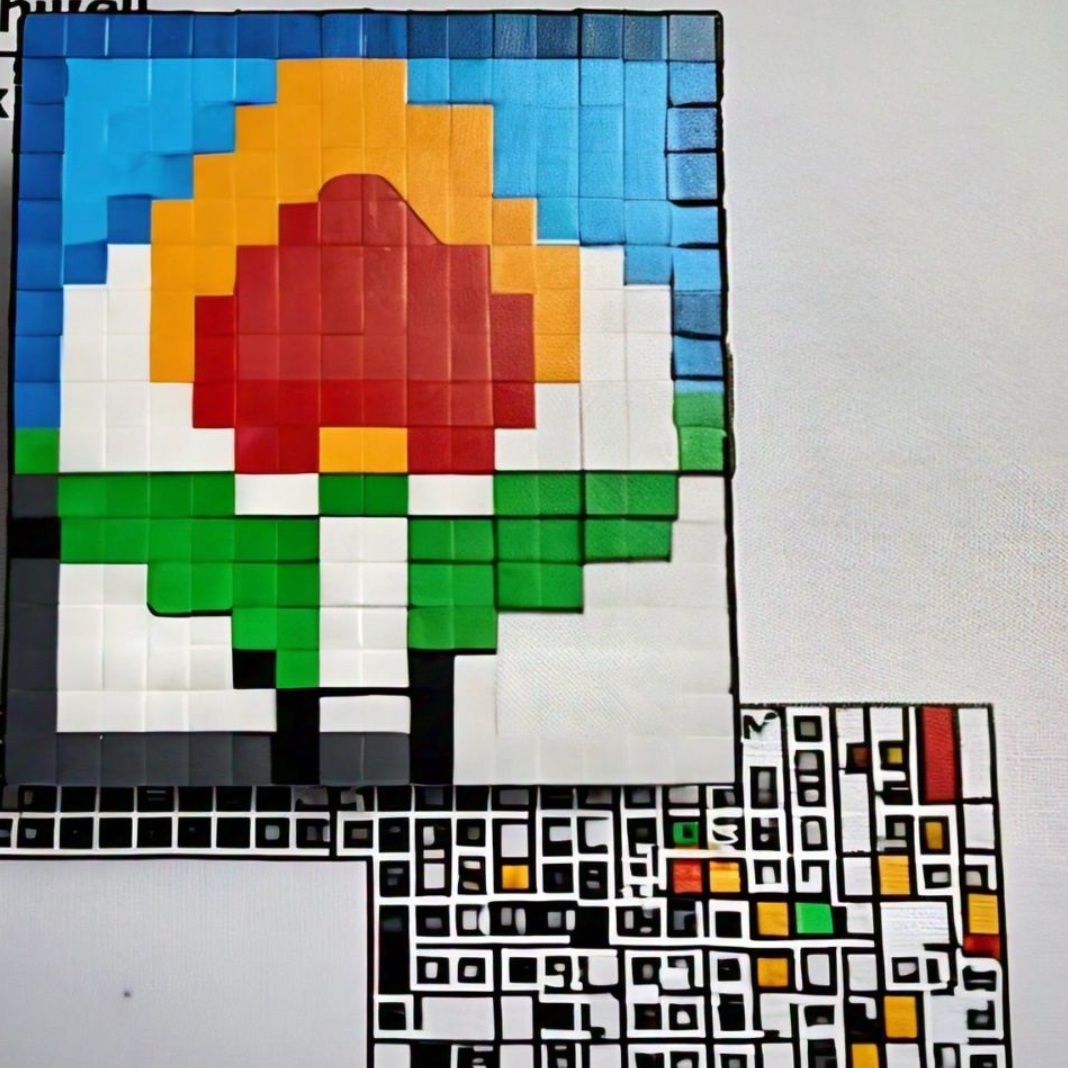130 reads
How AnimateDiff Transforms T2I Models into High-Quality Animation Generators with MotionLORA
by
November 19th, 2024
Audio Presented by

Transferring the essence of optimal performance, and saving the model from the abyss of underfitting.
Story's Credibility

About Author
Transferring the essence of optimal performance, and saving the model from the abyss of underfitting.